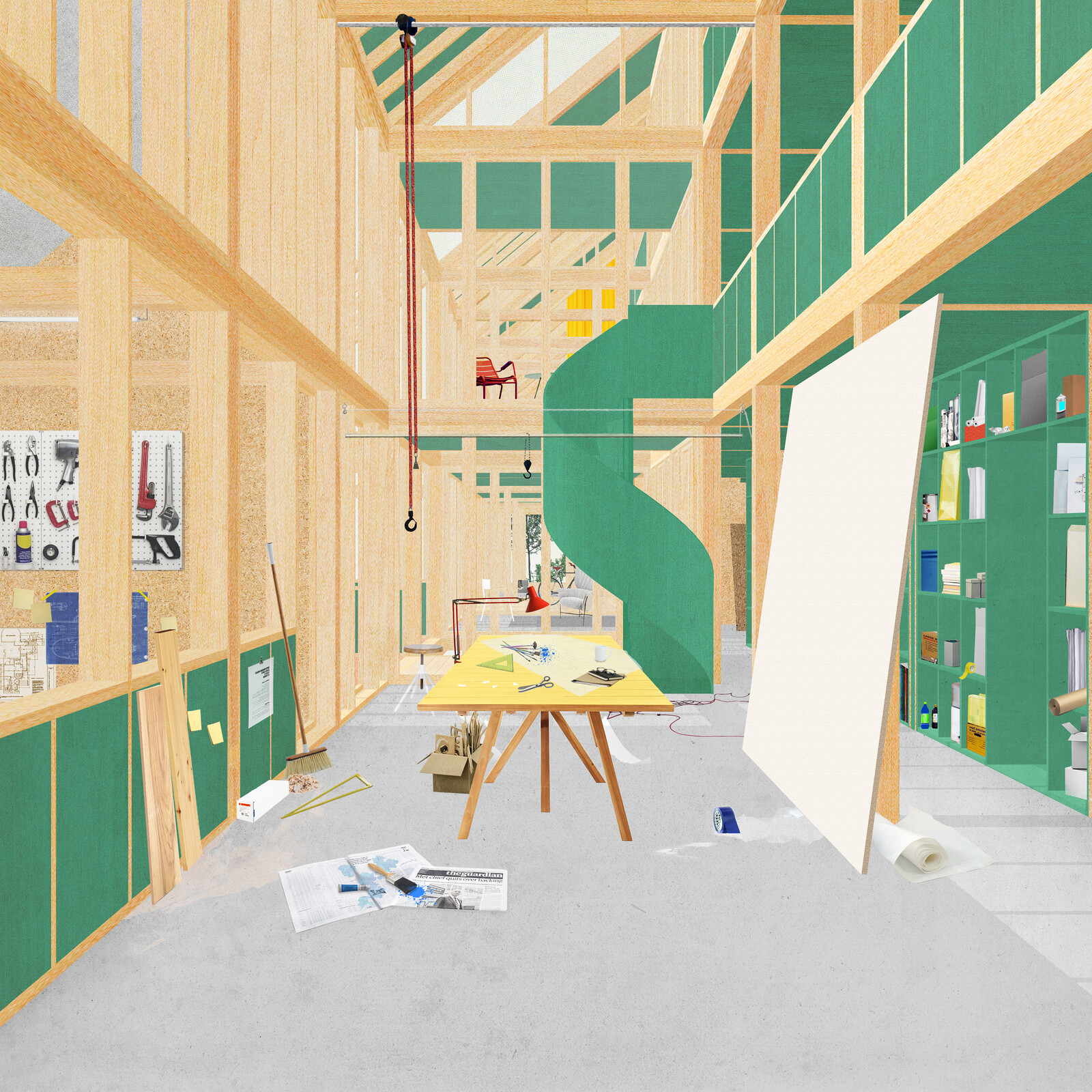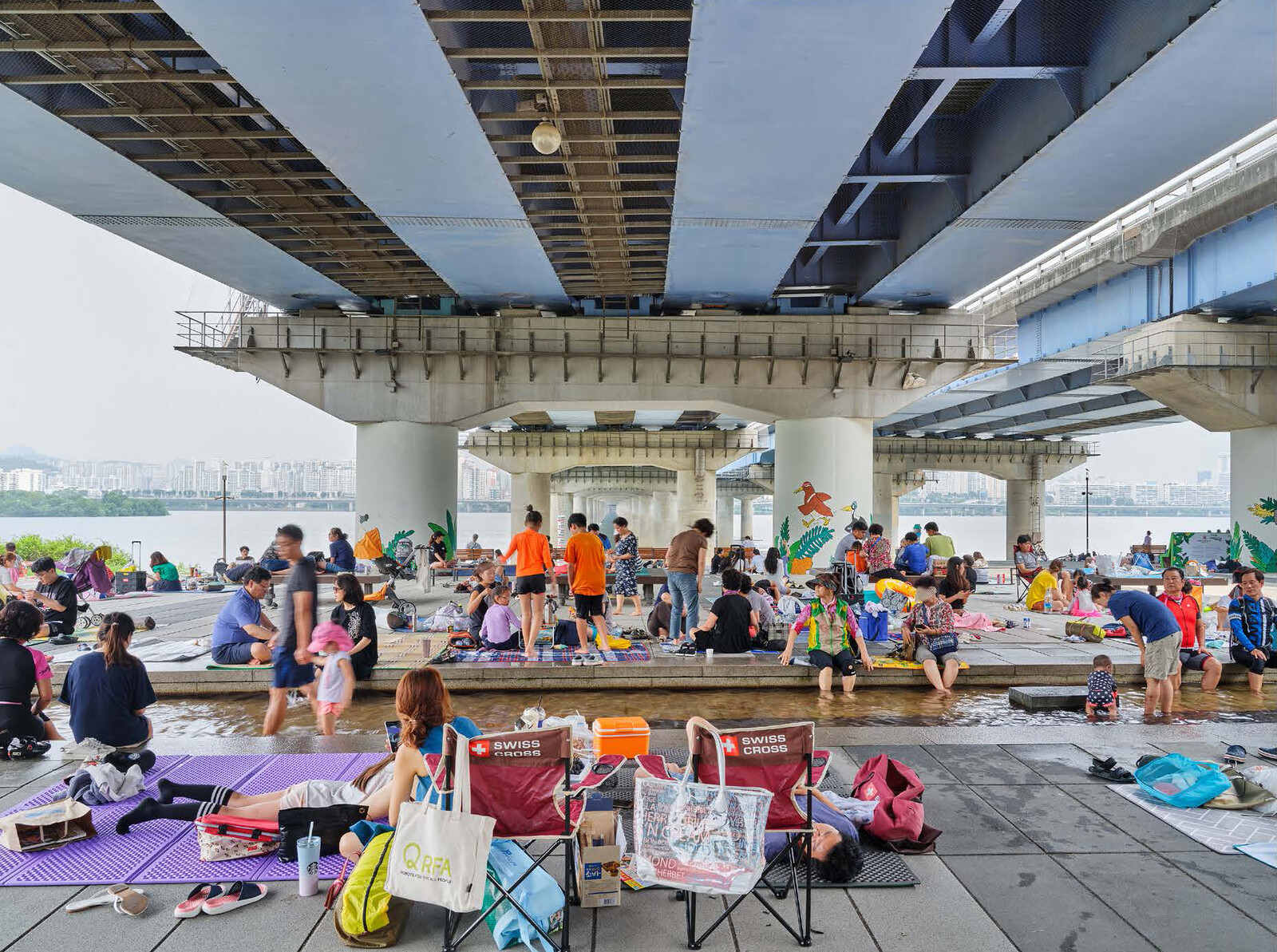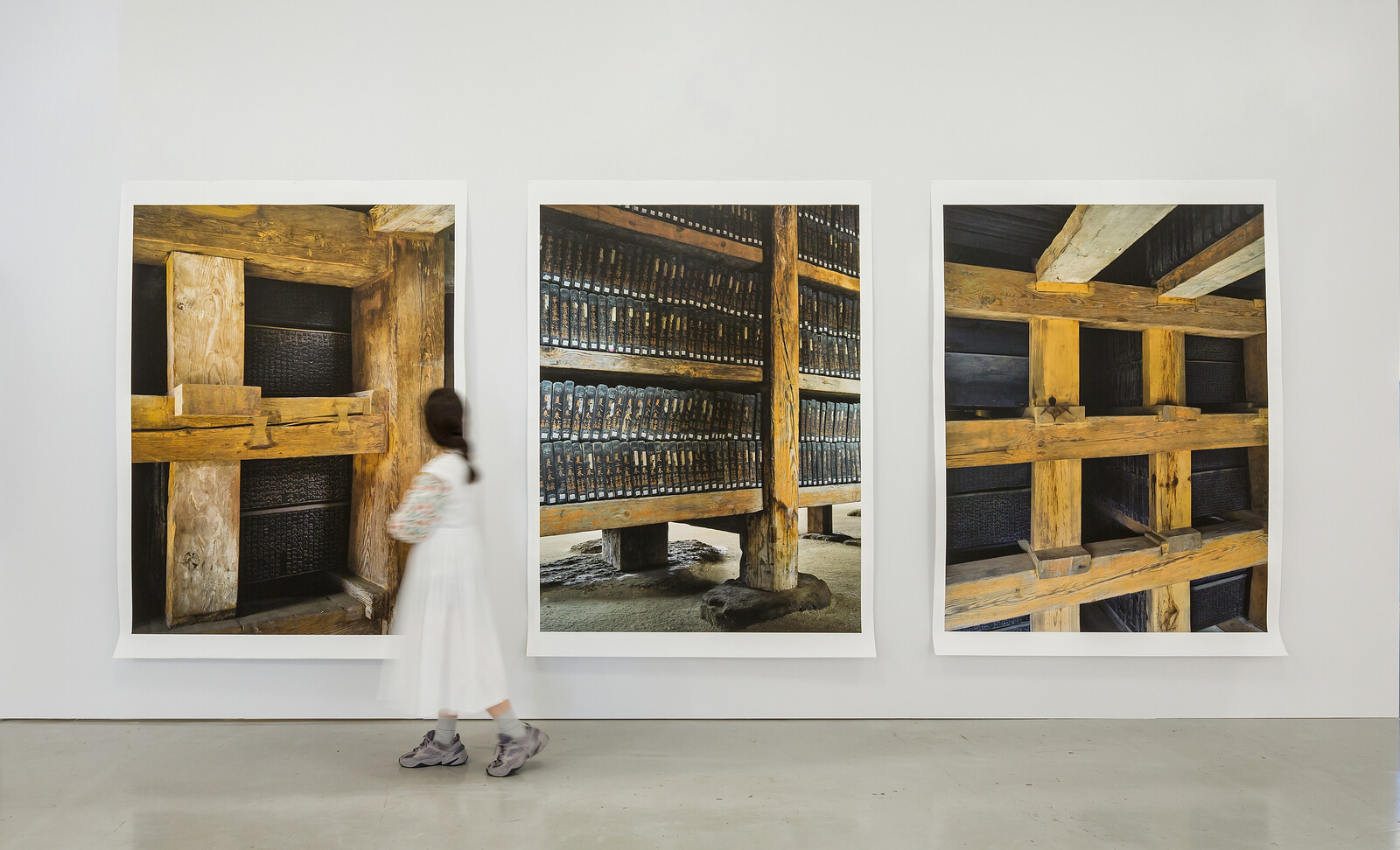Nothing works. And to worry that things might go wrong is to miss the point. Things will always go wrong.
Problems, errors, risks, and failures are typically regarded to be deficits rather than assets—something to be hidden, discarded, or redeemed with a solution. The modern mind loves to struggle against them and make them into ur enemies, like Capital, that must be defeated with a total, dramatic apocalypse.
But it seems more likely that there are multiple prevailing and constantly mutating political superbugs that, against all odds, succeed in garnering authoritarian power, exacerbating inequality, and pushing the world toward climate cataclysm. These common bullies and stubborn cross-purposes do not respond to reasonable solutions. They are even strange precipitates—or escapees—of those very attempts to tame the world with airtight logics. The modern mind is deflated in the face of failure, but superbugs are more resilient, resourceful, and inconsistent.
Rather than fighting or eliminating problems, consider the productivity of multiplying problems. As in Parrondo’s Paradox—the counter-intuitive game theory that pairs losing games to generate wins—problems are raw materials that can leaven and catalyze each other.1 Negative one and one are both the same distance from zero and can both generate a similar incremental change. In a periodic table of problems, problems have potent dispositions, affordances, or combinate potentials. They carry with them needs and experiences. They are information-rich.
Taking a hard pass on ideological utopias, problems and failures inspire alternative ways to register the design imagination—not solutions and master plans but rather organs of interplay. The approach is less like designing objects and more like adjusting the toggles and dials of organization. It is the design of a platform for inflecting populations of objects or setting up relative potentials within them that unfolds over time. An interplay becomes more practical, precise, robust, and deliberate as it becomes more indeterminate and entangled. It relies on imbalance rather than homeostasis. It is something that should not always work.
If any design can be gamed or corrupted, the extended temporal dimension of interplay may be more politically savvy and agile. It allows design to readjust to changing conditions or to moments when the intervention is out-maneuvered. The interplay may offer temporary means to tune parts of the larger urban landscape, but by being impermanent, it is not equivocal or hopelessly flexible—just more direct and deliberately partial.
Constantly renewed, failure provides a limitless field of raw material. Many of the spatial assets in this field only become available for harvest in the face of financial or environmental failure. Spaces that fall off the real estate rolls or are abandoned because of their toxicity are free to offer a parallel portfolio of heavy, physical, situated values—proximities, dispositions, and risks in a wetter, hotter world.
In the wake of this greed and failure, the most powerful players have also conveniently provided the means by which to spread a countering alteration of that space. An interplay can gain scale by finding multipliers in the very repetitive landscapes of spatial products that they intend to overwrite. They can even be positioned as a germ to piggyback on these formulas and use them as built-in amplification.
Interplay, as an ecology rather than a solution, offers some additional political advantages to the activist. Spatial changes that do not always declare themselves or appear in lexical or legal registers may also slip between ideological fights with an extra degree of political cover. But more importantly, interplay requires no tabula rasa or all-encompassing solution and it is not solely reliant on any one ledger of values. It does not have to wait for the revolutionary overhaul of all systems or the perfect renovation of political conditions to respond to urgent situations. It can begin sooner to exploit a relationship for as long as it is relevant.
If things will always go wrong, there are only organizations with a greater or lesser capacity to provide relief. Four protocols of interplay are considered here. They start with need, disaster, risk, and overdevelopment as raw materials. And they too risk the failure, naiveté, and embarrassment that attends engagement.
Need
The valuable potentials immanent in physical spatial arrangements are perhaps best illustrated when there are no monetized resources or where there is even a deficit of resources. If, like a ratchet, an interplay can gain leverage with a number of incremental moves, it can start with negative value. It can start with needs.
In many poor communities, in the absence of cash, need can become a currency. Needs are part of immensely fertile field of resources that are not part of formalized markets of exchange.
A number of pilot projects are now using what are called Social Capital Credits for these exchanges. A community gets together to determine its needs, and these needs—which would otherwise be seen as a deficiency or a drain on resources—become the community’s resources. The community assigns a credit value to the task or service that reflects the degree of need. There may be a need to plant a tree, clean up a waterway, paint a wall, take care of elderly, or help with children’s education.
Performing any of these tasks earns the designated number of credits. Like blockchain tokens, the credits foil corruption because they cannot be stolen. But unlike the tokens, they cannot be used for merchandise bought in stores. They can only be redeemed for more things that the community needs—things like vaccinations, education, training, mobile phone talk time, or home improvements. A need is the resource as well as the material to be redeemed.
The business of corroborating and managing a simple ledger of these activities requires no complicated algorithm because the entire community witnesses and acknowledges the changes, and there is an online register for images and approvals of completed tasks.
For every five credits earned by individuals, one community credit is banked in the community cache. The community can decide how to spend those credits for things like public toilets, schools, or street improvements. Outside aid can then be more effectively targeted. Designer Geeta Mehta, with the NGO Asia Initiatives, is conducting pilot projects with Social Capital Credits in Washington DC; Kumasi, Ghana; Kisumu, Kenya; and Maduari, Vinayaganpet, Amravita, Dehradun, and the Mumbai-Pune Expressway in India.2
Disaster
More and more people live in cities, but they live in peripheral areas that are increasingly less dense and staggering in size.3 According to some predictions, by 2050, this mostly unplanned peri-urban development, now rapidly de-densifying, will cover 3.1 million square kilometers—the size of the entire country of India.4 This space is also now a bellwether of both inequality and climate change—the space to which the disenfranchised are relegated, the destination of some climate migrations, and a settlement pattern that exacerbates climate trends.5
While markets manipulate financial abstractions rather than the heavy physical material of the city, dwellings on this urban periphery may be more important as physical objects than items in an economic ledger. Dense informal settlements often present a morphological as well as a political and economic problem. An urban clot of dwellings with no infrastructure makes mobility, in all senses of the word, extremely difficult. Long walking distances or little access to transit makes travel times to work impossibly long, and physical mobility impacts social mobility. The typical remedy to this morphological problem is often demolition and disenfranchisement to build large urban arterials or high rises that amount to vertical slums.6
To address this peripheral fabric, UN Habitat and others are developing cooperative versions of a land readjustment. First used in Germany in the early twentieth century, land readjustment allowed farmers with irregular lots to trade adjacent fragments to regularize geometry and offer more usable areas for farming. Real estate capital has often used land readjustment exploitatively to incentivize property buy-outs. When developers offer a one-time payment to the property owners, they become the chief beneficiaries in the deal. The property owner leaves with cash that will not appreciate in value, while the developer now owns a property that will continue to increase in value due to the surrounding improvements.
But cooperative land readjustment creates an interplay that trades in spatial morphological values. It is self-financing and is cooperatively directed by a larger number of participants. Participants, with either formal or informal ownership, allow that property to be aggregated. Informal landowners in a more precarious situation need not relinquish their property to a financial abstraction. Instead they pool their property and work with a small group of neighbors on a tangible project in which the new physical arrangement is the source of value. A new arrangement might introduce needed infrastructure or other improvements. When it is completed, the owner agrees to receive a smaller portion of their original property, but now that property will continue to gain in value.
Calling the protocol “Participatory and Inclusive Land Readjustment,” UN Habitat is experimenting with pilot projects in Columbia, India, Angola, and Turkey that use this interplay to convert urban land to new uses or insert streets and infrastructures into settlements.7
While pooling the land can be difficult, disasters accelerate the process. In 2001, an earthquake in Bhuj, India destroyed the dense fabric of the old city. Land readjustment allowed the city to insert infrastructure while rebuilding. This form of land readjustment can also help to consolidate development in properties facing floods, severe storms, and wildfires. Properties can be densified and repositioned to avoid risky areas.
Land readjustment interplay demonstrates the ways in which a morphological arrangement can alter economic prospects and even address income inequality. The one percent who make most of their money from a portfolio of investment can escape the precarity of relying solely on wages. A land readjustment interplay allows any participant to generate value in a portfolio of spatial relationships. Rather than treating assets as financial abstractions controlled by banks, an owner can tangibly contribute to a valuable spatial arrangement. The owner can also stabilize or improve that value with maintenance and care. A group called Changing Ground is working on protocols for cooperative forms of land readjustment that address both inequality and diversity in US suburbs.8
Land readjustment also offers a lesson in creating compounding reparations for disenfranchised or abused groups of people. Reparations as a one-time settlement for an incalculable harm like slavery or apartheid is akin to the exploitative use of land readjustment by real estate capital. In a buyout, the seller is left with cash and the buyer is left with property that appreciates in value because of infrastructural improvements that are possible after land aggregation. Cooperative or participatory forms of land readjustment invert that bargain and deliver the kind of award—like property or education—that has been designed to provide compounding value.
Risk
The long-term low-interest mortgage was a multiplier of sprawl in the twentieth century and a germ of global financial disaster in 2007. A counter-contagion might reverse-engineer the mortgage to facilitate relocations of building related to the effects of global warming—from wildfires to rising sea levels—in ways that also address inequality and employment.
Mid-century US suburban mortgages were grouped, approved, and underwritten by the thousands for designs that increased bankability. Before the financial crisis of 2008, they were grouped again in bundles of subprimes. But what if mortgages were grouped and scored not according to financial abstractions, but rather to their heavy, situated environmental values—like their capacity to reduce collective climate risks related to flooding or wildfires?
Risk then becomes an asset to be traded. A group of houses at risk of flood is physically and financially underwater. But if the group sells to a city, and the city uses the land to build flood protection, that group is given a high score for its reduction of collective risk.
In addition to decreased insurance costs that already incentivize each individual move, added incentives might be awarded for a score that reduces risk. Banks might be required to waive origination points or other closing costs for mortgage groups with environmental benefits. Or a state agency like FEMA in the US might provide a one-time payment to the bank for points to reduce the interest rate.
A vulnerable property can even use risk to attract a buyer. In the face of climate change, wealth again has the advantage because it has capacity to relocate, elevate properties in flood zones, purchase elaborate fireproofing, or hire private fire protection personnel. But if a risky property attracts a buyer who can afford one of these protections, and if the seller moves to a less risky property, the group score goes up. Now not a victim of climate gentrification, the seller leverages the buyer’s wealth to mutual advantage.
Other points of leverage might come into play as the game accelerates. If groups of three or four bring transactions to the same bank, the bank might provide any number of incentives in exchange for increased volumes of business. If a move away from risk becomes popular because of its affordability, federal money may be freed to address climate change investment rather than buyouts. Also, instead of relying only on housing starts for construction jobs, the deconstruction of houses offers another kind of skilled work. A relatively modest contribution to the mortgage principal that reduces interest rates can convert one thousand dollars into fifty thousand dollars, thus truly reverse-engineering a mortgage formula.
Overdevelopment
While roads are often treated as the means to deliver progress and access, they encourage overdevelopment that destroys valuable resources embedded in forests and indigenous cultures. Just as the mortgage protocol simply linked properties, this interplay encourages moving from a property that encroaches on the forest to a denser village property. More than a destructive road through the forest, a village property more effectively increases access to resources for communication, education, and employment. If allowed to wild again, the vacated, reforested properties create value that attracts investment from universities, tourism, or pharmaceutical companies so that they can become sources of revenue. Reforested areas always remain linked to original property owners and return dividends to them. Densifying areas are also linked to walkable schools and broadband.
As the game is played over time, it might seem like an inverted game of Go that values clearings rather than walls. In the Chinese game of strategy, players take turns positioning white or black “stones” on a grid. White tries to build up lines of defense against Black and vice versa. If clearings were valued over thickening fortresses, the competition becomes about staking out a reasonable clearing while also acquiring a spot on the surface area of the clearing. Step by step, like a ratchet that works against an immovable weight, the interplay might put the development machine into reverse.
While any of these interplays might have varying degrees of success or failure, they are suggestive of a combinate form making that deploys all kinds of potentials—even negative potentials, problems, and failures. In the urgent present, when markets themselves legally obstruct any challenges to the inequality and when political impasses obstruct any means to address climate change, these forms of interplay introduce mechanisms for moving what seem to be the heaviest and most immovable solids in non-market or extra-market exchanges. Paradoxically, this may even be a means to react more precipitously. Some forms of contemporary development may even provide a multiplier to catalyze the change. With a protocol of interplay, can capital be tricked into doing things it does not know how to do or rewarded with things it did not know it wanted? Can the collective city actually find sustenance in its problems?
Gregory P. Hamer and Derek Abbott, “Game Theory: Losing Strategies Can Win by Parrondo’s Paradox,” Nature 402 (December 1999): 864.
See “Introduction to SoCCs,” Asia Initiatives, accessed May 6, 2019. ➝.
UN-Habitat, Streets as Public Spaces and Drivers of Urban Prosperity (Nairobi: United Nations Human Settlements Programme, 2013), 22; see Shlomo Angel et al., Atlas of Urban Expansion (Cambridge, MA: Lincoln Institute of Land Policy, 2012), ➝.
Joan Clos, “Land Use and Urban Expansion,” UN-Habitat press conference, video, ➝.
Angel et al., Atlas of Urban Expansion, ➝.
See UN Habitat, Remaking the Urban Mosaic: Participatory and Inclusive Land Readjustment (Nairobi: United Nations Human Settlements Programme, 2016).
See “Land Readjustment,” Changing Ground Project, ➝.
Collectivity is a collaboration between e-flux Architecture and the 2019 Seoul Biennale of Architecture and Urbanism within the context of the “Collective City” thematic exhibition, and was made possible thanks to the support of the Creative Industries Fund NL.





